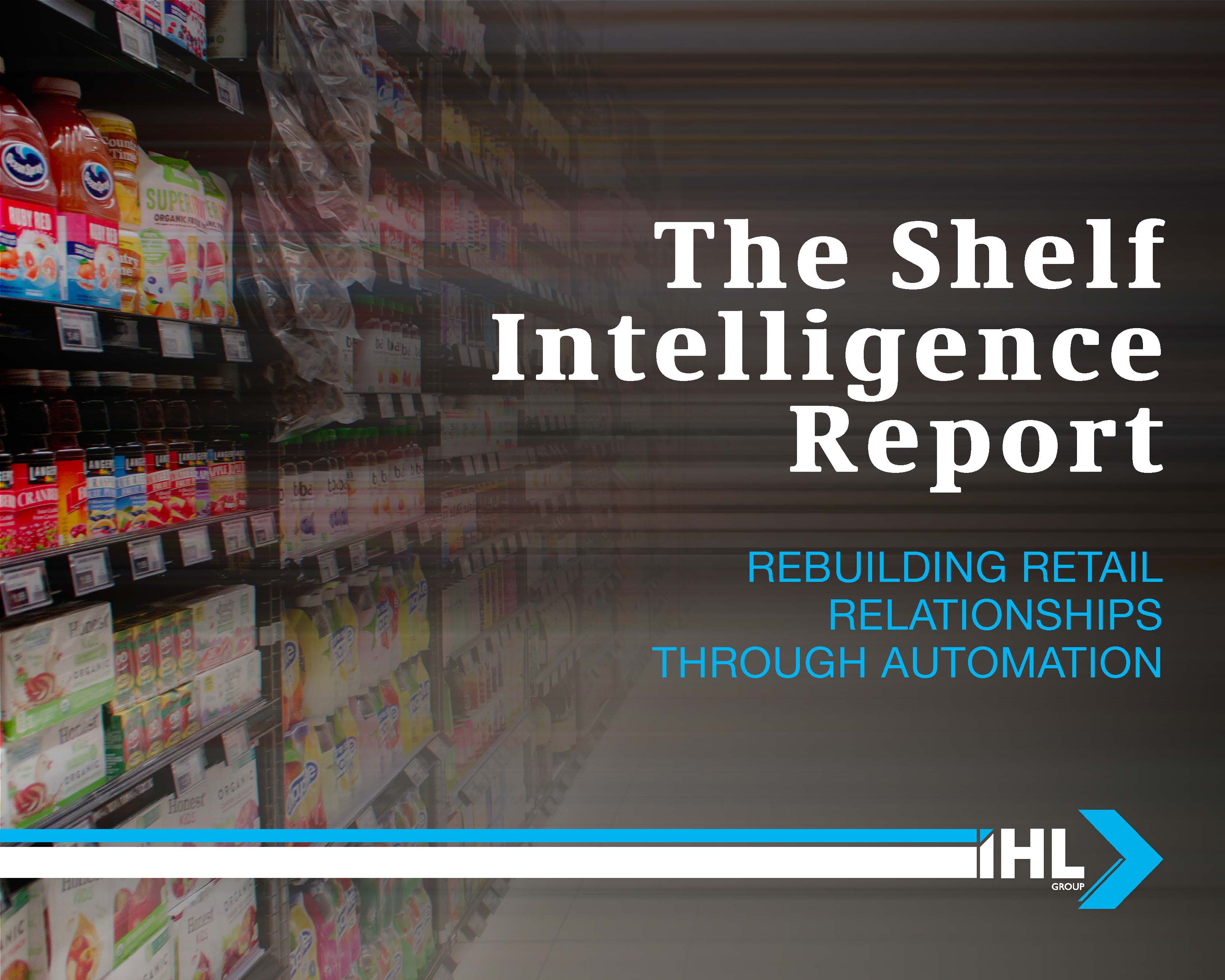The price must be right: your guide to legal price compliance in retail

Summary
Why is price compliance crucial in retail?
Price compliance ensures that displayed prices match the prices at checkout, essential for maintaining customer trust and avoiding legal issues. Retailers face significant financial penalties and reputational damage for non-compliance, so implementing accurate pricing systems and leveraging technology to maintain consistency across all channels is imperative.
- The high cost of pricing errors
- A patchwork of pricing laws
- The cost of getting it wrong
- Harnessing tech to ensure price compliance
Contents
Keeping every price tag accurate is a monumental task for retailers - and the stakes couldn’t be higher. With tens of thousands of SKUs spread across sprawling store layouts, manually ensuring that each shelf label matches the checkout price is a logistical nightmare.
And when those numbers don’t align, the fallout can be swift and severe: steep regulatory fines, class-action lawsuits, and a tsunami of bad press that erodes hard-earned consumer trust. However, the advent of technology offers a ray of hope, relieving retailers from this overwhelming burden.

The high cost of pricing errors
Just how pervasive are pricing discrepancies? A recent study offers a sobering glimpse: over half of all stores had mismatches between labeled and scanned prices. For independent retailers, that rate rocketed to 69%.
These errors add up fast. In one case, a major retailer faced an $850,000 settlement in Wisconsin after 662 out of 7,344 scanned items rang up higher than advertised.
A patchwork of pricing laws
The drive for pricing transparency started in the post-WWII boom, as self-service grocery stores reshaped the retail landscape. To protect shoppers, consumer advocates pushed for standardized rules to keep shelf prices honest.
The 1970s ushered in the barcode revolution. Fast-forward to the early 2000s and retail giants were shelling out millions for overcharging customers. The lesson? Compliance isn’t optional.
Today, retailers must navigate a web of federal and state pricing statutes, enforced by a jumble of agencies from the FTC to local Weights and Measures divisions [4]:
- Federal regulations: While there’s no single federal law on accidental price discrepancies, the FTC polices false advertising and bait-and-switch tactics. Antitrust laws ban price fixing. And specific industries, like healthcare and telecommunications, have their own pricing oversight.
- State laws: This is where it gets granular. Many states require stores to honor the lowest advertised price (even if it’s a mistake), sync shelf and register prices, and submit to accuracy audits—or even conduct self-audits. Some even mandate customer refunds plus a hefty “bonus” for overcharges. The National Institute of Standards and Technology’s guide to U.S. retail pricing laws and regulations by state is a helpful state-by-state resource. Some examples:some text
- Michigan requires a bonus of 10 times the overcharge amount.
- New Jersey’s Retail Pricing Laws mandate that most retail stores clearly mark the total selling price on most items offered for sale. Retailers must also verify the accuracy of their checkout scanners and may face fines of $50-$100 per violation for noncompliance.
- Connecticut law requires stores to charge the lowest of the advertised, posted, or labeled price for an item. Customers who are overcharged are entitled to a refund of the overcharge or $20, whichever is greater.
The cost of getting it wrong
When shelf and scanner prices don’t match, retailers risk more than just frustrated customers. They can face severe financial and reputational damage:
- Refunding overcharges: Most states require stores to refund shoppers the difference when an item rings up higher than advertised. In some cases, retailers may also owe a “bonus” beyond the overcharge (such as Michigan’s 10x bonus mentioned above). In Canada, a non-binding “free item rule” allows shoppers to get a free item up to $10 on overcharges.
- Paying hefty fines: State inspectors can slap retailers with considerable penalties for pricing missteps - up to $100 per incorrectly marked item in some cases like New Jersey. North Carolina can impose fines of up to $5,000 per violation.
- Weathering bad press: Pricing errors can fuel negative media coverage that undermines consumer trust, often before fines hit. The reputational harm can linger long after the financial dust settles.
Harnessing tech to ensure price compliance
Amid these high stakes, innovative retailers are embracing cutting-edge technology to take the guesswork out of price accuracy - and Brain Corp is leading the charge.

Our autonomous robots, equipped with advanced computer vision, continuously scan shelves to swiftly spot missing labels, misplaced products, and incorrect tags. They automatically verify prices as new stock arrives and promotions kick in, syncing with central inventory systems to keep store layouts and signage perfectly in step.
Brain Corp’s robotic inventory solutions help retailers avoid the financial and reputational risks of compliance slip-ups by automating the tedious, error-prone process of manually checking thousands of price tags. And they free up staff to focus on higher-value work.
As consumers demand greater transparency and regulators ramp up enforcement, retailers can’t afford to let unintended pricing snafus tarnish their brand. The risks are simply too great. That’s why forward-thinking stores are turning to Brain Corp’s cutting-edge mobile robots to streamline operations, sharpen inventory precision, and ensure the correct price shines on every tag, every time - all while navigating complex pricing regulations with ease.
Are you ready to see Brain Corp’s game-changing robots in action? Contact us today to schedule your custom demo.
Related product resources

Press release

Press release
Brain Corp and Driveline Launch ShelfOptix™: The First Fully Managed, Robot-Powered Shelf Intelligence Service


